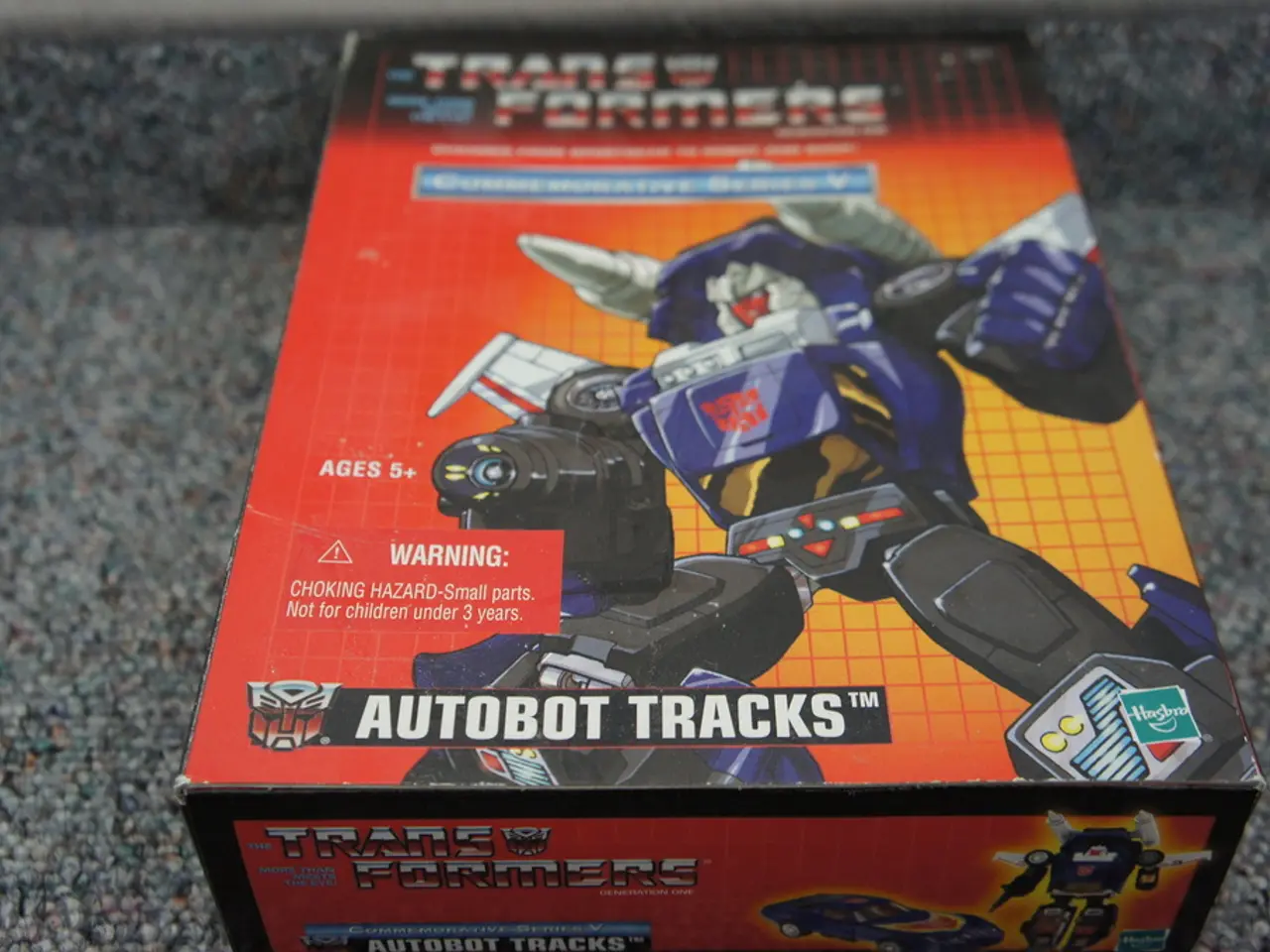Industrial Artificial Intelligence and Data Management Strategy
In the realm of industrial AI, a key message has emerged: data without context is a barrier to transformation. Cognite, a leading company in the field, recently showcased effective strategies and technologies to overcome this challenge in their Product Tour: Industrial AI in the Era of Contextualization.
The tour highlighted the importance of creating a unified, contextualized data foundation using Cognite Data Fusion (CDF) and related tools. This approach breaks down silos, enabling data reuse and integration of diverse industrial data types, including time series, work orders, documents, and diagrams.
One of the key elements of this strategy is automated data contextualization. Technologies like Data Workflows, Diagram Parsing, and Document Parser automate the ingestion, transformation, and enrichment of raw data, creating a comprehensive Contextualized Knowledge Graph.
Another crucial aspect is the use of Low-code Industrial AI Agents. Cognite Atlas AI™ provides a user-friendly environment to develop AI agents that leverage the contextualized data foundation to automate complex workflows, such as root cause analysis and equipment troubleshooting. These agents offer clearer and more reliable AI-driven insights and decisions.
Cognite Data Fusion also offers an open and extensible platform, supporting scalable deployment with pre-built pipelines, data models, and application templates. This flexibility improves trust, reliability, and ease of integration with other enterprise systems and cloud platforms, such as Microsoft Azure.
The combined technologies have shown measurable business impact, improving operational productivity, optimizing processes, increasing asset reliability, and reducing downtime by making data accessible, trusted, and actionable across the organization.
The tour also featured real-world examples. Cosmo Oil, for instance, reduced field data collection time from 1 to 2 hours to 10 minutes after adopting Cognite Data Fusion. Contextualized dashboards enabled early failure detection using vibration thresholds, transitioning from reactive to predictive maintenance.
Moelven, another company that participated in the tour, standardized and contextualized energy and production data across distributed sawmills, resulting in a unified dashboard displaying order-specific energy usage and production metrics.
In conclusion, overcoming "data without context" requires moving from fragmented raw data to a connected, contextualized, and richly modeled data environment. Cognite’s approach showcases a combination of automated data ingestion and contextualization, low-code AI deployment, and open platform integration as effective strategies and technologies in the industrial AI era.
In the context of the industrial AI tour, the emphasis lies on the integration of digital transformation, data-and-cloud-computing, and technology, as demonstrated through Cognite's strategies and technologies. The tour highlighted the significance of automated digital transformation by utilizing tools such as Data Workflows, Diagram Parsing, and Document Parser, which enhance raw data into a comprehensive Contextualized Knowledge Graph.




